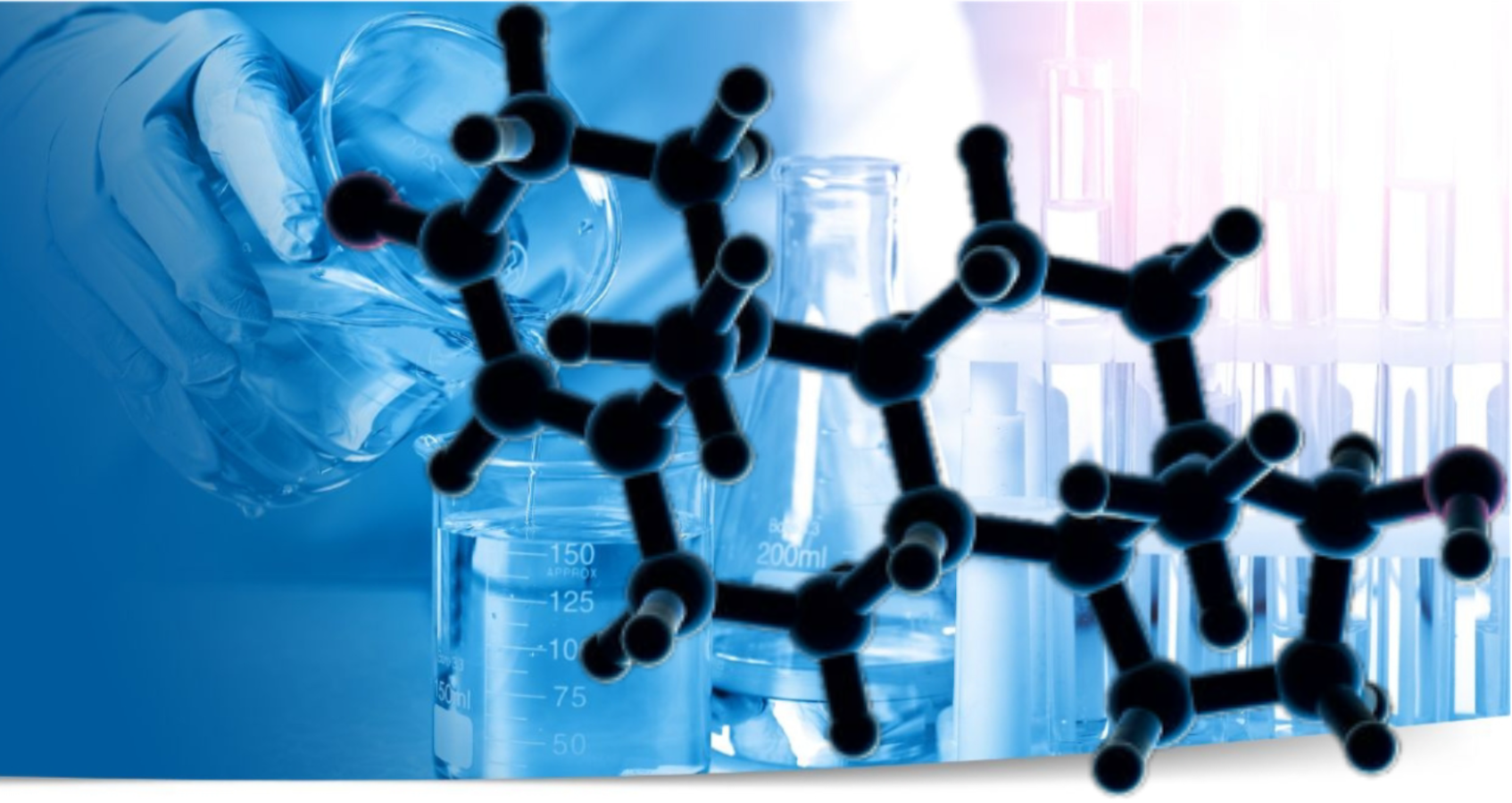Steroid hormones are a class of hormones that are derived from cholesterol and are characterized by their lipid-soluble nature. They are important for regulating a wide range of physiological processes, such as metabolism, immune function, salt balance, and reproductive processes. To explain the lipid solubility of steroid hormones and their ability to dissolve in lipids, we need to break it down into two key concepts:
1. Lipid Solubility of Steroid Hormones (Without Ester)
Steroid hormones, by their very nature, are **lipid-soluble** because they are derived from cholesterol, which is a hydrophobic molecule. This lipophilicity (lipid solubility) is largely due to the steroid structure, which consists of four fused carbon rings (A, B, C, D rings) and a relatively non-polar hydrophobic side chain. The absence of polar functional groups (like hydroxyls or carboxyls) on the steroid backbone allows them to easily diffuse through lipid membranes.
In other words, **without an ester** group attached, steroid hormones can dissolve directly in the lipid bilayers of cell membranes. This is critical for their function: steroid hormones typically enter cells and bind to intracellular receptors, either in the cytoplasm or the nucleus, to modulate gene expression.
**Examples of steroid hormones without ester groups include:**
– **Cortisol**
– **Testosterone**
– **Estradiol**
– **Aldosterone**
These hormones typically circulate in the bloodstream bound to carrier proteins (e.g., albumin or sex hormone-binding globulin) because their lipid solubility means they don’t dissolve well in water, which makes up the majority of the blood.
2. Lipid Solubility of Steroid Hormones (With Ester)
When an **ester group** is attached to a steroid hormone, it can alter the hormone’s lipid solubility. The esterification process involves attaching a fatty acid (or another ester group) to the steroid backbone. This modification increases the **lipid solubility** of the hormone even further. The ester group itself is hydrophobic, and it allows the hormone to dissolve more readily in lipid-rich environments.
For example, esters of steroids are often used in clinical settings to improve the **bioavailability** or the **duration of action** of certain hormones, as they may be more easily absorbed and stored in fatty tissues. The ester bond slows the metabolism and excretion of the hormone, allowing for a prolonged effect.
**Examples of esterified steroid hormones include:**
– **Testosterone esters** (e.g., testosterone cypionate or testosterone enanthate)
– **Estradiol esters** (e.g., estradiol valerate)
– **Prednisolone esters** (e.g., prednisolone acetate)
These ester derivatives are typically used in **injectable forms** or in formulations where prolonged release is desired.
3. Oral Steroid Hormones and Their Lipid Solubility
Oral steroid hormones need to be both **lipid-soluble** and stable enough to pass through the digestive system and into the bloodstream. Most steroid hormones are not well absorbed in their natural form when taken orally due to their lipophilicity and tendency to be metabolized in the liver before they can exert their effects (this is known as **first-pass metabolism**).
However, esterification can be used to improve the **oral bioavailability** of steroid hormones. Ester groups can protect the hormone from being rapidly broken down in the liver and allow for better absorption in the intestines. For instance, oral testosterone is often administered in esterified forms (like testosterone undecanoate), which are more easily absorbed through the gastrointestinal tract.
Despite esterification improving oral absorption, many steroid hormones, especially those that are **non-esterified**, are still **poorly bioavailable** when taken orally. To improve this, steroid hormones might be modified in other ways, such as through the development of synthetic analogs with enhanced stability or lipophilicity.
Key Concepts About Lipid Solubility with Ester:
– **Enhanced solubility in lipids**: Ester groups make steroid hormones even more hydrophobic, improving their ability to dissolve in lipid environments, such as cell membranes or fat tissue.
– **Prolonged half-life**: Esterified steroids are often metabolized more slowly, providing a more sustained release of the hormone.
– **Improved oral absorption**: Esterified steroid hormones can be more easily absorbed through the gastrointestinal tract compared to their non-esterified counterparts.
Conclusion:
Steroid hormones are inherently lipid-soluble due to their cholesterol-derived structure. Adding ester groups to the steroid molecule increases its lipid solubility even further, which can enhance the hormone’s ability to be absorbed or stored in the body, as well as prolong its action. Esterified steroid hormones are used in various medical applications, including injectable forms for long-lasting effects and oral formulations for improved absorption. The balance between the steroid’s lipid solubility and its metabolism is crucial for designing effective hormone therapies.



